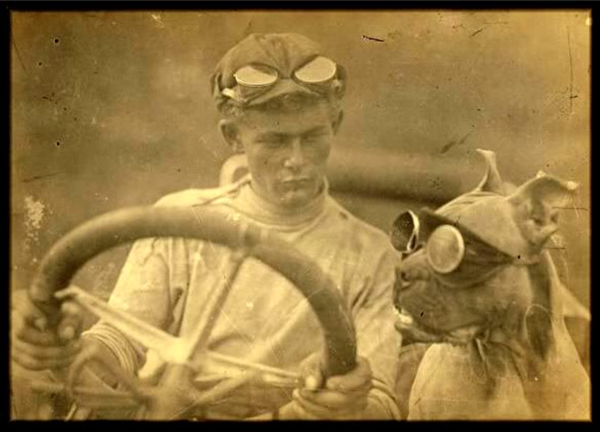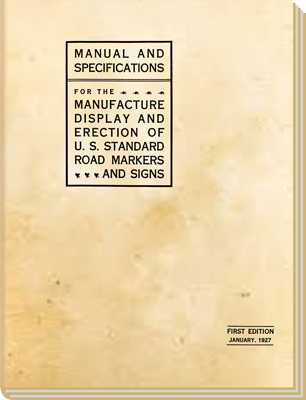Government action to make road signage uniform began in the 1920s. The Mississippi Valley Association of Highway Departments, made up of the road departments of Indiana, Minnesota, Wisconsin, Michigan, and Ohio, detailed a task force to standardize and modernize road signage, a task which was finished in 1923. Many modern signs, such as the yellow diamond-shaped hazard sign, are directly descended from the Mississippi Valley signs.




